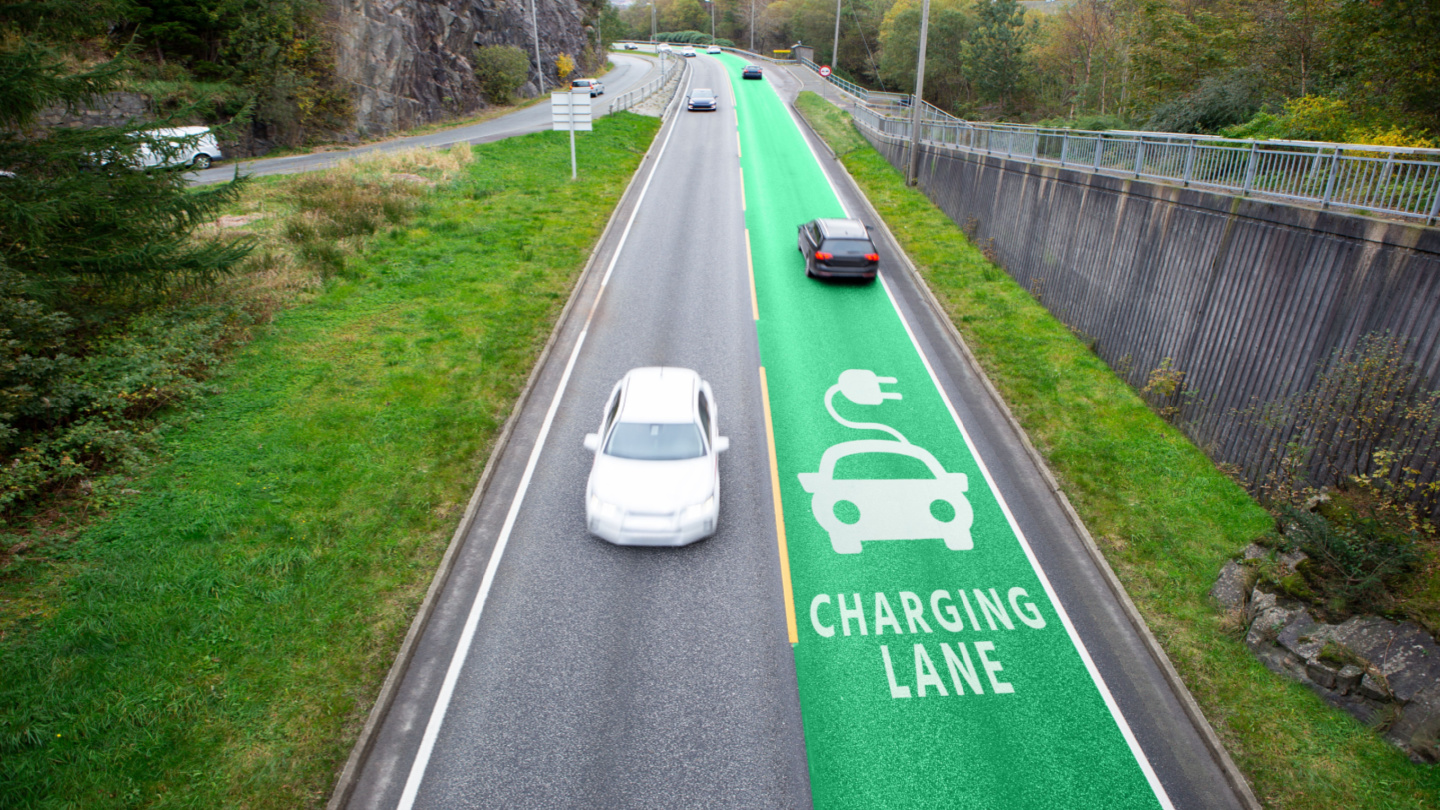
Heavy-duty vehicles are proving to be one of the more challenging sectors to decarbonize, including HGVs, buses, tractors, fire engines, and refuse trucks. While electric cars have received much of the attention in the pursuit of net zero, it is essential to consider all forms of road transport. Implementing an electric road system (ERS) has shown immense potential with an overhead catenary system, in-road conductive transmission, or inductive (wireless) transmission being the most popular methods. These technologies work by supplying low-carbon electricity to vehicles without requiring advancements in battery, hydrogen, or alternative fuel sources.
How else can decarbonization of heavy-duty vehicles occur?
Battery electric trucks and fuel-cell electric trucks are touted by companies such as Tesla and DAF. While battery electric trucks have a high technology readiness level, they are currently unsuitable for long distances due to the large battery that creates problems with vehicle payload capacity and leads to long recharging times. Hydrogen fuel cells have the advantage of a longer range and shorter refueling time, but it currently has low efficiency, leading to high fuel costs, which will limit its widespread adoption.
Another alternative is to use low-carbon fuels, like biofuels or electrofuels, which don’t require an overhaul of existing infrastructure. Biofuels are produced from biomass, which releases net zero carbon, while electrofuels are synthetic fuels that replace traditional fuel, produced using renewable energy sources. However, biofuel feedstocks compete with space for farming and are unlikely to have enough supply for widespread adoption, and synthetic fuels are still in the early stages and will take several decades before widespread adoption.
The solution: An electric road system
An electric road system is the most feasible solution to decarbonize heavy-duty vehicles. The technology is already available and functional, providing an opportunity for rapid scaling up, subject to adequate financing. Investments in electric infrastructure will diversify, as electricity from the grid will power all road users, making the investments more cost-effective. This solution is “technology neutral,” as it does not depend on any particular energy source. It only necessitates an electric supply to decarbonize, which means it can use the renewable energy sources we have in the future. Trials in Germany and Sweden show success in implementing this approach, and political support and backing are crucial for successful implementation.



